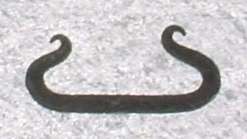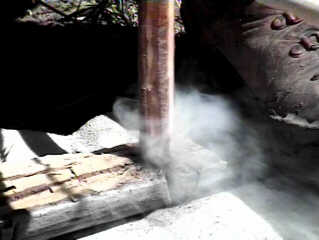squirejohn
40 Cal.
- Joined
- Jul 30, 2003
- Messages
- 398
- Reaction score
- 0
Found all kinds of info on the net re I. obliquus - including pictures as well as references to medicinal uses and fire starting. Looked for some yesterday - didn't find any but found out after that it only appears after the tree is dead. On a primitive skills "post" it is called Chatoquin in Quebec, and this post further states that if it is allowed to become "... too dry, it no longer works."




















